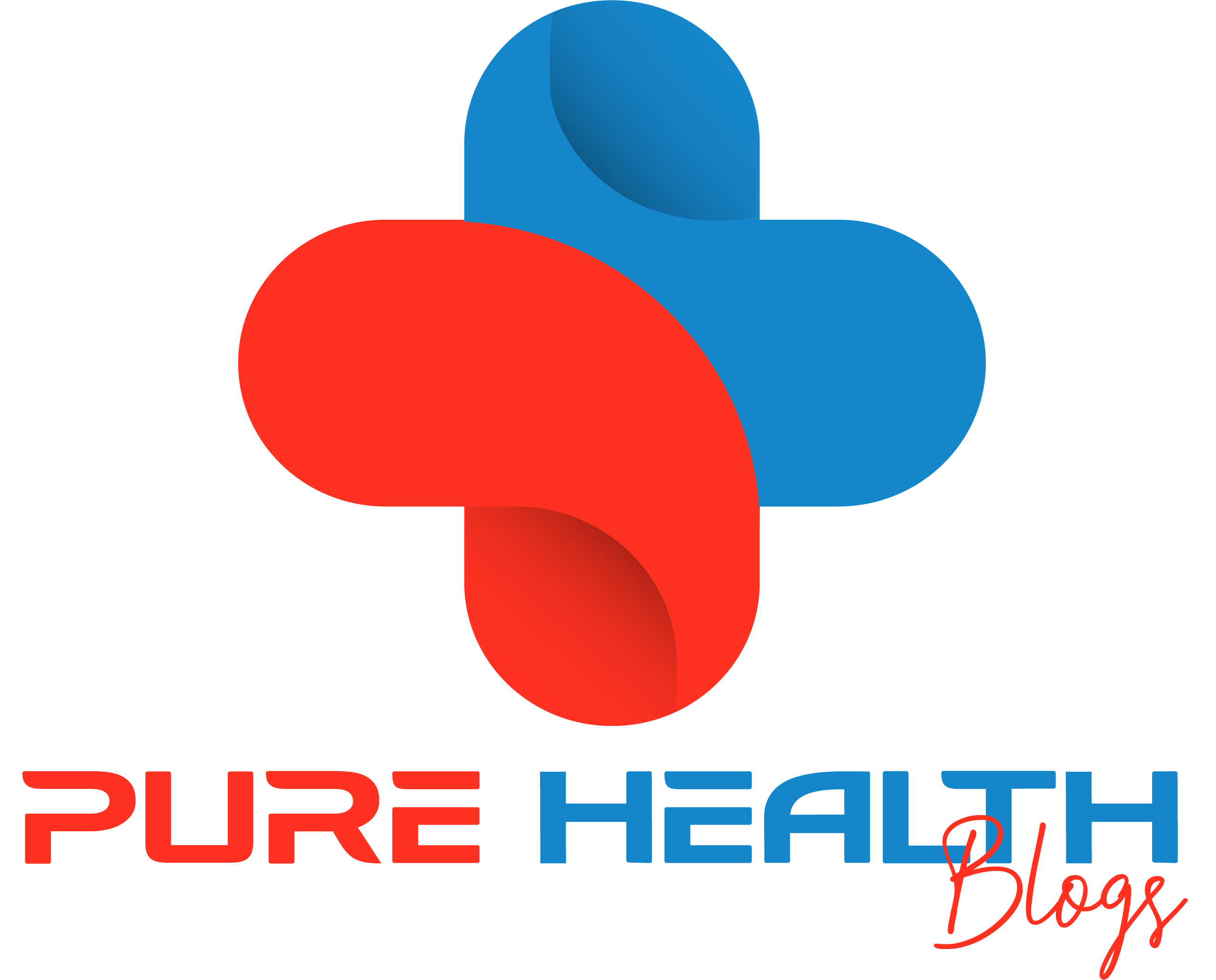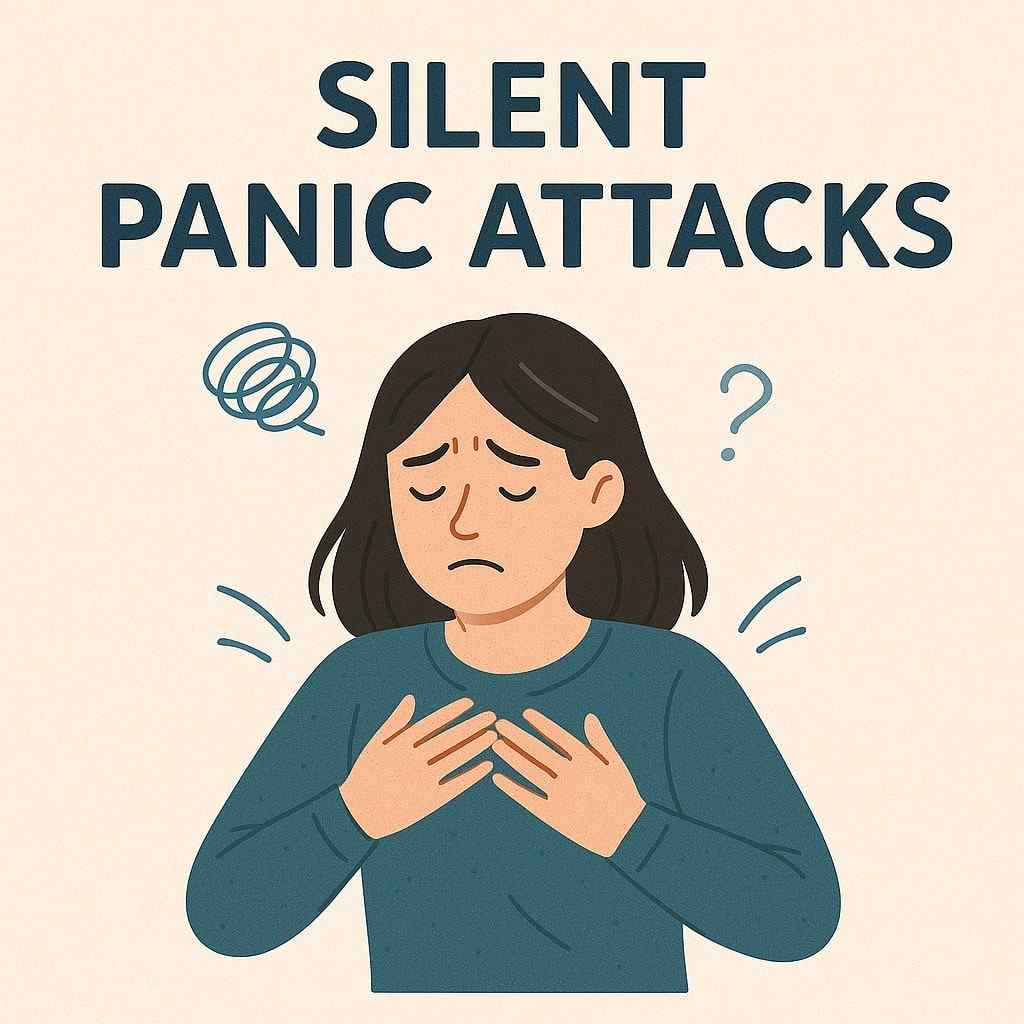Panic attacks are usually described as spectacular visible events of which a person seems to be in apparent distress. Most however do go through silent panic attacks which are panic attacks that can be one and the same thing except that they do not have the extravagant outward display that people can associate to panic attacks. Both the perpetrators and the victims of such invisible battles are in need of awareness about them.
What is a Silent Panic Attack?
Silent panic attack is the type of panic attack that does not have any visible symptoms on the outside that people are normally related with the panic attacks. Although the victim of this internal experience feels panic and petrified and nothing at all changes therein, a victim can look composed and relaxed on the external level. This also presents a very distinct problem as the person goes through it in silence and the person feels lonely and unseen.
Quiet in these attacks means lack of apparent behavioral change in form of hyperventilation, crying, trembling or instant assistance. Rather, the individual might go on with the normal business as he fights it out on both sides, fear as well as physical and psychological discomfort. This is an inner subjected exposure that can lead to silent panic attacks proving very difficult to identify and treat.
When having a silent panic attack, a person tends to learn very cunning masking techniques, where they perform as functional individuals, though their nervous system will be fully engaged into the fight-or-flight stage. These may still work or socialize or go on with an activity even though they are undergoing similar severe symptoms as another person undergoing a more dramatic panic attack. Although it may be viewed as being a strength, this capacity to construct an outer tranquility has the capacity of thwarting the rightful treatment and care.
Silent Panic Attack vs Regular Panic Attack
The main distinction between silent panic attacks and normal panic attacks is that they are externally not so impressive but internally full of terror. These two types imply the same physiological and psychological mechanisms yet they have different expressions in behavior.
The common visible symptoms associated with regular panic attacks would sometimes consist of taking a deep breath, sweating, trembling, pacing, crying or shouting out loud in order to show distress. The individuals with frequent panic attacks usually run to seek medical assistance or take themselves out of the situation. Such physical manifestations help other people to notice that something goes wrong and support them.
Contrary to this, silent panic attacks are different in that the victim manages to hold themselves together even though they are having severe agitation in the inside. They can take part in conversations, finish their jobs, or engage in social activities internally in the grip of uncontrollable fear and physical sensations. This concealment capacity also renders silent panic attacks difficult to recognize even by the sufferers themselves, as well as their associates.
The both types can have exactly the same intensity and duration of symptoms. But perhaps silent panic attacks are more psychologically demanding since the sufferer has to have even more energy to keep up their outside appearance and at the same time work out their inner anguish. Such a twofold load can result in greater fatigue and slow down the process of recovery.
Signs and Symptoms of Silent Panic Attacks
Diagnosis of silent panic attacks needs to focus on minor physical and emotional manifestations that might not be evident at once. There may be a rapid heart rate, tightness in the chest, and a shortness of breath, feeling dizzy, nauseous, tension in the muscles, and temperature. These symptoms could be there but it is well- controlled or concealed away.
Emotional and cognitive symptoms involve severe fear or dread, being detached or a feeling out of reality or self, fear of losing control or dying, rapid thoughts, inability to concentrate and a feeling of doom. Even with all these devastating experiences occurring inside, a person can still look cool, engaged and composed to the external world.
Other behavioral clues may be less obvious, like speaking less than normally, not making eye contact, fiddling with things, taking bogs potty a lot or having an excuse to get out of things. It might make some individuals hypervigilant or develop certain rituals so that they can deal with the distress inside.
It is sometimes self-awareness and frank appraisal that could help to identify these attacks. Most individuals disregard the symptoms by attributing them to stress and nosebleeds , fatigue or other bodily illnesses without knowing that they are undergoing the attack of the panic instances. Management of the condition by maintaining a symptom diary also allows the identification of patterns and triggers which can reveal the existence of silent panic attacks.
What Causes Silent Panic Attacks?
Silent panic attacks have the same cause of regular panic attacks only with the twist of learned to mask behaviours. Non-medical factors are generalized anxiety disorder, specific phobias, post-traumatic stress disorder, depression and chronic stress. Silent panic attack frequently occurs among perfectionists or individuals subjected to the pressure to develop a certain strong facade.
The causes of environmental triggers can be a high stress environment, crowded area or venue, work pressure, problems in relationships, or adjustment to major life alterations. The reaction of the body to these factors is the same, whereas the person had learned to control the outside signs of his/her suffering.
A genetic predisposition factor is also involved since panic disorders have a tendency to recur in families. The susceptibility to panic attacks may arise as a result of brain chemistry imbalance, especially where neurotransmitter serotonin and norepinephrine are concerned. Some personality traits, like extreme sensitivity to the physical sensations or a catastrophic thinking, can be more vulnerable.
Panic attacks can also be caused or aggravated by medical conditions affected like thyroid disease, heart, respiratory or hormonal disturbance. Use of substances such as caffeine, alcohol and some medications may help enhance the prevalence and severity of episodes.
Treatment Options for Silent Panic Attacks
He or she should effectively be treated through a combination of therapeutic responses depending on his or her particular requirements and conditions. Cognitive-behavioral therapy (CBT) The treatment of panic disorder is considered the gold standard of treating the mental disorder, the CBT allows people to recognize and transform the thoughts and behavioral patterns contributing to panic attacks.
CBT interventions comprise cognitive restructuring in order to dispute catastrophic thoughts, exposure posts in an attempt to slowly exposure to dreaded circumstances, and behavioral experiments to test the soundness of beliefs on panicking. Such methods are especially beneficial with regard to silent panic attacks as they are applied to treat both the inner experience and the behavioral maskings.
Psychopharmacological treatment can either be short-term such as selective serotonin reuptake inhibitors (SSRI), serotonin-norepinephrine reuptake inhibitors (SNRI), or long-term medications. Choice of medication should be made with the help of a medical professional who can evaluate personal requirements and watch out the side effects.
Other interventions like mindfulness-based stress reduction, yoga, acupuncture, and herbal supplements could also offer extra help as adjunct therapies to the conventional treatment. Nevertheless, one should not fail to consult dealing with healthcare providers on how best these options go hand in hand without disturbing core treatment practices.
Tips to Help Manage Silent Panic Attacks
A coping strategy toolkit may be created to deal with silent panic attacks when they come about and, maybe, lessen the rate at which they occur. Regulation of the nervous system and minimization of physical symptoms could be done through breathing exercises, especially diaphragmatic breathing. Take deep breaths but slowly and be sure to expand the abdomen instead of the chest.
There are mindfulness techniques that people can use to remain present and may not get caught up with fearful thought that make one focus on the future. There are simple techniques to be used such as the 5-4-3-2-1 method (naming 5 things you can see, 4 you can touch, 3 you can hear, 2 you can smell and 1 you can taste) to ground oneself at that moment.
Progressive muscle relaxation is a progressive body exercise, which incorporates relaxing and tightening muscle sets to assist the body relax physically. With frequent application of this practice people may become more conscious of physical tension and understand how to shake it off faster.
By incorporating lifestyle changes like exercising regularly, sleeping well, minimizing the consumption of caffeine and alcohol, eating well, and setting a proper routine in life, in general, an individual can minimize the level of anxiety and make panic attacks far much less to happen.
When to Seek Professional Help for Silent Panic Attacks
When silent panic attacks start to interfere with the daily functioning, relationships, or the quality of life, a professional help should be sought. The risks include avoiding people or places of significance due to the fear of panic, frequent occurrence of panics (several times week), depression or other psychological issues, or trying to relieve the symptoms by drinking or consumption of drugs.
Physical symptoms which disrupt sleep, work or social activities, worry about future attacks of panic, or inability to cope with symptoms even when the self-help approaches have been tried, are also other signs. In case panic attacks occur together with thoughts of self- injury or suicide, professional help should be sought as soon as possible.
Mental health professionals are capable of making precise diagnosis, come up with an individual treatment plan and be able to offer support during the recovery period. They are also capable of disentangling between panics attacks and other medical conditions which can depict identical symptoms to render proper patterns of treatment.
Conclusion
Silent panic attacks present a particular problem in the world of anxiety disorders; they take all of the intensity of the internal panic disturbance and add to it getting the added responsibility of continuing to act calm and composed on the exterior. Knowledge of such covert struggle not only leads to adequate recognition, treatment, and support.
The main success in the treatment of silent panic attacks is associated with their recognition, medical assistance, and the formulation of effective coping mechanism. Although such attacks are not very graphic, they still remain to be real and therefore deserving of attention and care. Through adequate knowledge and management, persons with proper treatment can be made to take control of their lives learning to control the symptoms that affect them.
It is important to bear in mind that asking help is not a weakness, but rather it is a strength. Silent panic attacks are a valid mental ailment which reacts well with the intervention of professionals. The best way out of the current situation is to stop this silence about these secret battles, which would allow people to be more supportive of those who have to live in silence.
Contact Pure Health Blogs for Professional Treatment of Panic Attacks Today
Silent panic attacks (or any other type of anxiety disorder) could be overcome with the help of professional intervention in case you or some known person is experiencing a problem. The qualified professionals in Pure health Blogs can comprehend the peculiarities of silent panic attacks and can offer personalised complex treatment plans. Stop suffering and make a call today to start the journey of healing and recovery. Contact us to get further information about our evidence-based treatment methods and how we can assist you or your loved one in overcoming panic attacks as well as regaining your fulfilling life.











